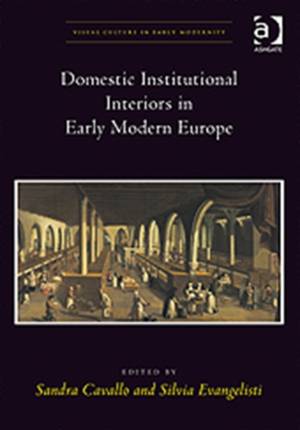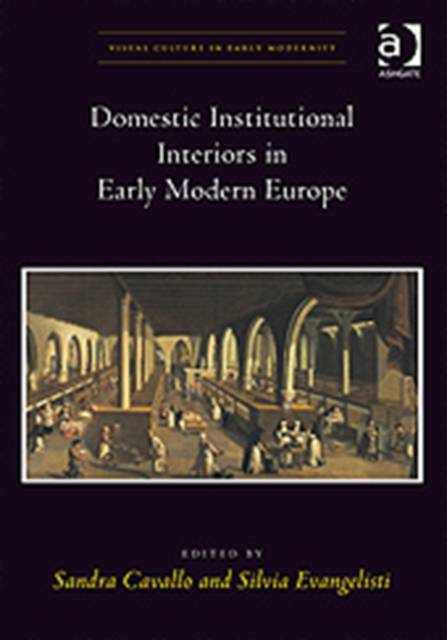
- Retrait gratuit dans votre magasin Club
- 7.000.000 titres dans notre catalogue
- Payer en toute sécurité
- Toujours un magasin près de chez vous
- Retrait gratuit dans votre magasin Club
- 7.000.0000 titres dans notre catalogue
- Payer en toute sécurité
- Toujours un magasin près de chez vous
Domestic Institutional Interiors in Early Modern Europe
195,95 €
+ 391 points
Description
The early modern period saw the proliferation of religious, public and charitable institutions and the emergence of new educational structures. By bringing together two areas of inquiry that have so far been seen as distinct, the study of institutions and that of the house and domesticity, this collection provides new insights into the domestic experience of men, women and children who lived in non-family arrangements, while also expanding and problematizing the notion of 'domestic interior'. Through specific case studies, contributors reassess the validity of the categories 'domestic' and 'institutional' and of the oppositions private public, communal individual, religious profane applied to institutional spaces and objects. They consider how rituals, interior decorations, furnishings and images were transferred from the domestic to the institutional interior and vice versa, but also the creative ways in which the residents participated in the formation of their living settings. A variety of secular and religious institutions are considered: hospitals, asylums and orphanages, convents, colleges, public palaces of the ducal and papal court. The interest and novelty of this collection resides in both its subject matter and its interdisciplinary and Europe-wide dimension. The theme is addressed from the perspective of art history, architectural history, and social, gender and cultural history. Chapters deal with Italy, Britain, the Netherlands, Flanders and Portugal and with both Protestant and Catholic settings. The wide range of evidence employed by contributors includes sources - such as graffiti, lottery tickets or garland pictures - that have rarely if ever been considered by historians.
Spécifications
Parties prenantes
- Editeur:
Contenu
- Nombre de pages :
- 314
- Langue:
- Anglais
- Collection :
Caractéristiques
- EAN:
- 9780754656470
- Date de parution :
- 23-12-09
- Format:
- Livre relié
- Format numérique:
- Genaaid
- Dimensions :
- 180 mm x 246 mm
- Poids :
- 938 g

Les avis
Nous publions uniquement les avis qui respectent les conditions requises. Consultez nos conditions pour les avis.





